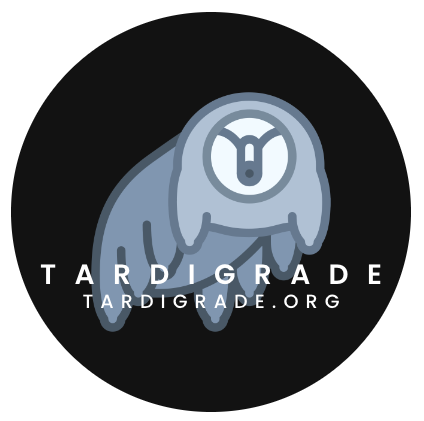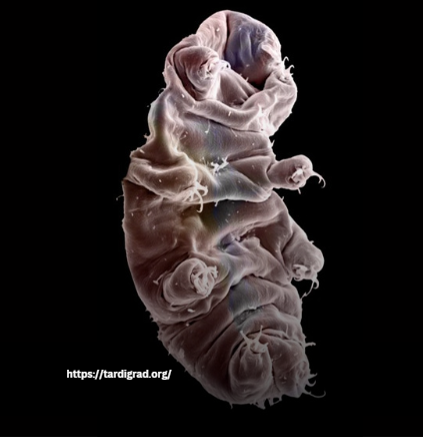Welcome to a fascinating exploration of the family tree of the Ecdysozoa,or moulting animal’s. In this article,we will dive deep into the evolutionary relationships and diversity within this diverse group of organisms. From arthropod’s to nematodes,these animals share a common characteristic of periodically shedding their exoskeletons, allowing for growth and development. Join us as we uncover the intricate branches of this ancient family tree & discover the wonders of the Ecdysozoa!
The Family Tree of the Ecdysozoa
The Ecdysozoa family tree showcases the evolutionary history and relationships between various groups of moulting animals. Let’s explore the major branches and their unique characteristics:
1. Arthropods: Rulers of the Animal Kingdom
Arthropods are the largest and most diverse phylum within the Ecdysozoa. They include insects, spiders, crustaceans & more. Arthropods dominate the animal kingdom, with over a million known species. Their exoskeletons and jointed appendages have allowed them to conquer land, air, and water.
2. Nematodes: The Ubiquitous Worms
Nematodes, or roundworms, are another significant group within the Ecdysozoa. These unsegmented worms are found in almost every habitat, from the deep sea to the highest mountains. Some nematodes are parasitic, causing diseases in humans, animals, and plants. Others play vital roles in soil ecosystems and nutrient cycling.
3. Tardigrades: The Tough Survivors
Tardigrades, also known as water bears, are microscopic creatures with remarkable resilience. They can withstand extreme temperatures ,radiation,and even the vacuum of space. Tardigrades have earned the title of the world’s toughest animals and are found in diverse environments worldwide.
4. Onychophorans: The Velvet Worms
Onychophorans, or velvet worms, are a small phylum of soft bodied animals with distinct characteristics. They have unique appendages called lobopods, which they use for walking and capturing prey. Onychophorans inhabit moist environments, such as tropical forests, and are an important link in the evolutionary chain.
5. Kinorhynchs: The Spiny Crown Worms
Kinorhynchs, also known as spiny crown worms, are small marine organisms with segmented bodies and spiny plates on their heads. These peculiar creatures are found in the sediments of oceans around the world. Kinorhynchs play a crucial role in marine ecosystems as decomposers and prey for other organisms.
6. Priapulids: The Penis Worms
Priapulids, often referred to as penis worms, are marine creatures with long, cylindrical bodies. Despite their suggestive name, priapulids are not worms in the true sense but represent a distinct phylum. They burrow in mud or sand and are known for their unique feeding structures and reproductive strategies.
7. Cycliophorans: The Symbiotic Filter Feeders
Cycliophorans are a fascinating group of tiny, filter-feeding animals that live on the mouthparts of lobster-like crustaceans. They form a mutualistic relationship with their hosts, benefiting from a protected habitat and a constant supply of food. The discovery of cycliophorans in the late 20th century added a new branch to the Ecdysozoa family tree.
8. Loriciferans: The Girdle Bearers
Loriciferans or girdle bearers are minute marine animals witha protective outer covering called lorica. They inhabit the sediments of marine environments and are known for their specialized mouthparts & unique reproductive strategies Loriciferans represent a distinct ,and enigmatic branch of the Ecdysozoa.
9. Nematomorphs: The Horsehair Worms
Nematomorphs, commonly known as horsehair worms, are long, thread-like organisms that resemble strands of hair. They are parasites, typically infecting insects and other arthropods. The life cycle of nematomorphs involves complex interactions between their hosts and aquatic environments.
10. Priapulomorphs: The Ancient Worm-Like Creatures
Priapulomorphs are a group of extinct and living marine animals that bear resemblance to both worms & arthropods. They have a long, tubular body with a protruding mouth surrounded by spines. Priapulomorphs represent an ancient lineage that provides valuable insights into the early evolution of moulting animals.

Frequently Asked Questions (FAQs)
Here are some frequently asked questions about the family tree of the Ecdysozoa:
Ques. What is the significance of moulting in these animals?
Ans. Moulting allows these organisms to grow, shed damaged exoskeletons, and adapt to changing environments.
Ques. How are arthropods different from other Ecdysozoa?
Ans. Arthropods have jointed appendages and a rigid exoskeleton composed of chitin, which sets them apart from other molting animals.
Ques. Are there any moulting animals that live on land?
Ans. Yes, arachnids, insects & some myriapods are examples of molting animals that have successfully colonized terrestrial habitats.
Ques. Are there any endangered species within the Ecdysozoa?
Ans. While specific species may face threats, the phyla within the Ecdysozoa are diverse, and conservation efforts focus on individual groups and their habitats.
Ques. Are there any medicinal applications associated with these organisms?
Ans. Yes, research on the bioactive compounds produced by moulting animals has revealed potential applications in medicine, including antimicrobial and anticancer properties.
Ques. How does the fossil record contribute to our understanding of the Ecdysozoa?
Ans. Fossil discoveries help scientists trace the evolutionary history of moulting animals, revealing the origin and diversification of different groups within the Ecdysozoa
Conclusion
The family tree of the Ecdysozoa, or moulting animals, offers a glimpse into the astonishing diversity and evolutionary history of this group. From the dominance of arthropods to the resilience of tardigrades, each branch represents a unique adaptation to their environment. Exploring the Ecdysozoa not only enhances our understanding of these fascinating organisms but also provides insights into the intricate web of life on Earth. Remember the next time you encounter an arthropod scuttling by or gaze upon a nematode in the soil you are witnessing the marvels of the Ecdysozoa family tree in action.

